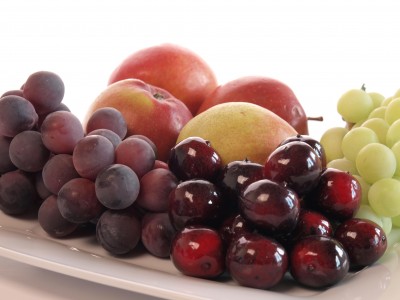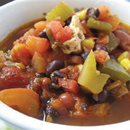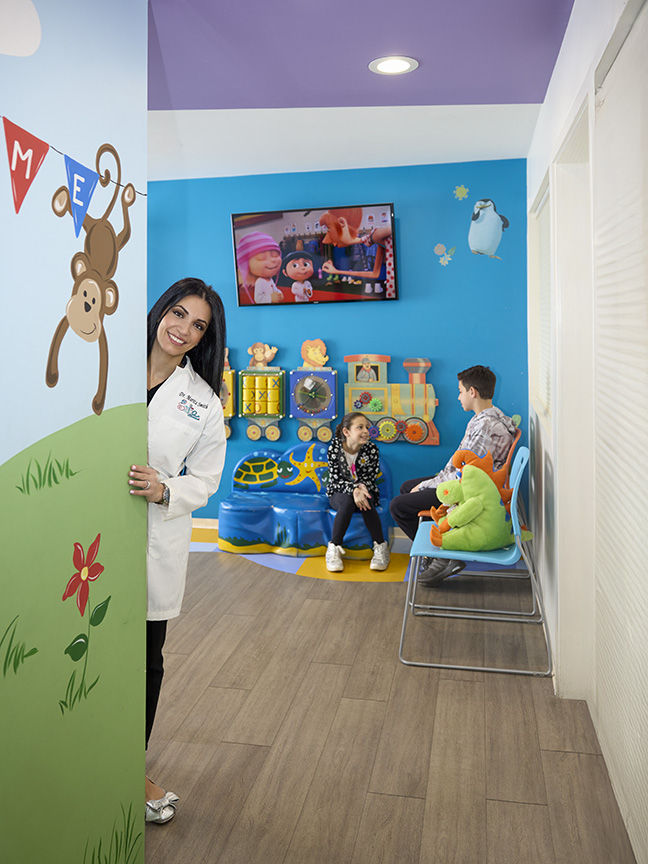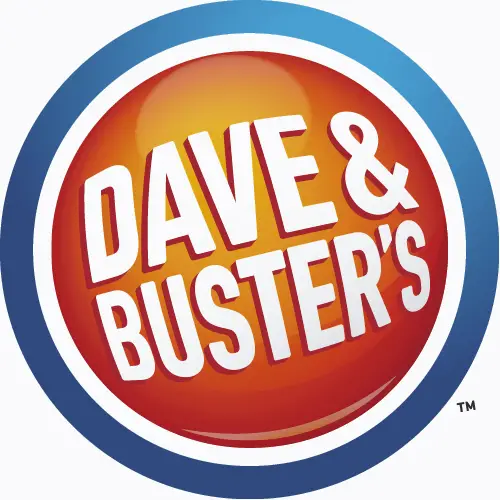The Many Benefits of Meatless Meals
Get can’t-miss family activities sent to you!
Get the Best Kid-Friendly Activities
Sent to You Weekly!
Getting the Right Nutrition
When building your meal, divide your plate into three parts. Half of the plate is for fruits and vegetables, one quarter for whole grains, and one quarter for protein. Vegetarian sources of protein include peas, nuts, nut butters, and soy. Structure a meal around naturally low-fat sources of protein such as beans, lentils, and rice, and try to avoid flavoring food with lots of high-fat cheese.
Most Americans get more than enough protein to meet their needs, but if you start serving meatless dishes frequently, ensure your diet has enough protein, iron, calcium, zinc, and B12. These nutrients are readily available in a varied vegetarian diet.
Protein Needs by Age/Gender:
- Young children ages 1-3 need about 13g of protein per day
- Children ages 4-8 need 19g of protein per day
- Older kids (9-13) need 34g of protein per day
- Women older than 14 need 46g of protein per day
- Men older than 14 need 56g of protein per day
The more active you are, the more protein you need. Read food labels to track your protein intake compared to your goal. A healthy diet can include a variety of high-protein foods, including seafood, beans, meat, poultry, and eggs.
If your child is hesitant to dig into tofu cubes at dinner, never fear—meatless meals don’t have to be much different from your usual favorites. Vegetable pizza on a whole-wheat crust, black bean burritos, and vegetarian chili are all kid-friendly dinners that can satisfy your little carnivores and help them grow to be healthy and strong.
Caroline Kaufman, MS, RD, is a registered dietician, nutrition consultant, and freelance writer. For more of her expert advice, check out her blog, Sweet Foodie, and follow her on Facebook and Twitter.
Also See:
How to Decode Meat Lables (organic, free-range, cage-free, etc.)
Meatless Recipes to Try:
This quick vegetarian chili recipe replaces meat with lots of beans and vegetables and suggests using vegetarian burger crumbles to add texture and protein.
 Celery, Apple, and Grape Salad
Celery, Apple, and Grape Salad
This healthy, low-fat salad is easy to make and a great way for kids to get several servings of fruits and veggies.
This dish, which comes from a New York City chef, is best made after a trip to your local greenmarket or farmers market, when you have a lot of fresh veggies on hand.
This simple and fun dinner idea comes from a certified nutritionist and kids' cooking instructor.

 The Best Vegetarian Chili
The Best Vegetarian Chili Greenmarket Vegetable Chowder
Greenmarket Vegetable Chowder Pumpkin Pie Pasta
Pumpkin Pie Pasta






